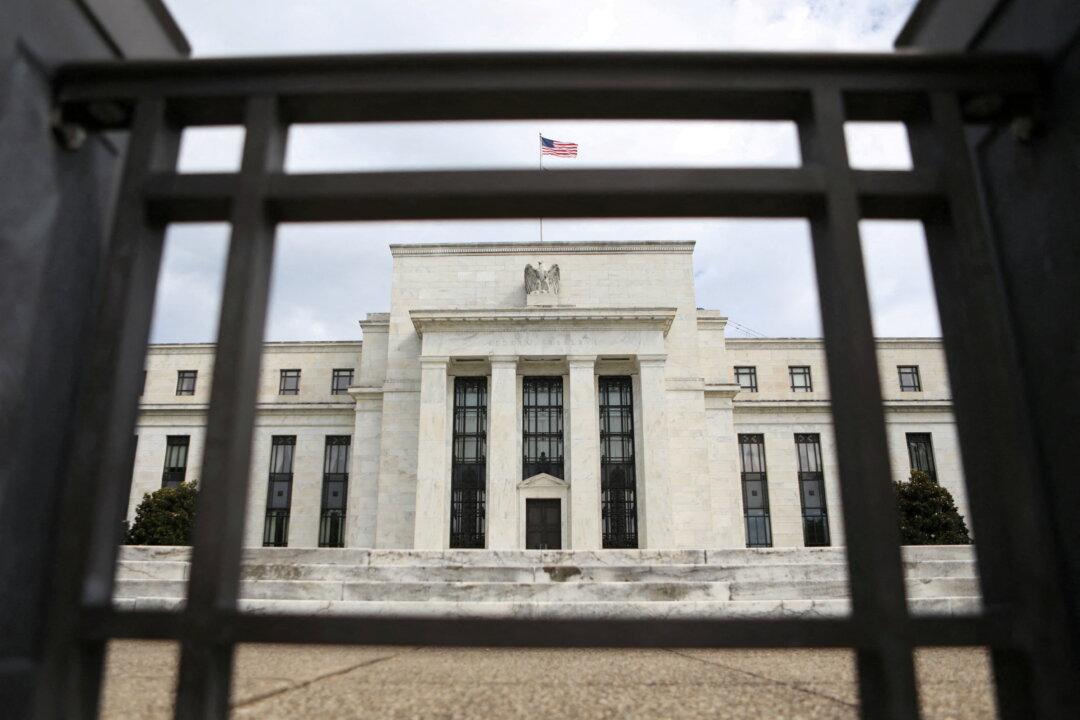The odds that fed funds futures will face a 1 percent interest hike, according to the CME Fed Watch Tool, surged to nearly 80 percent on July 14, a massive jump over earlier expectations.

The Federal Reserve building in Washington on Aug. 22, 2018. Chris Wattie/Reuters




